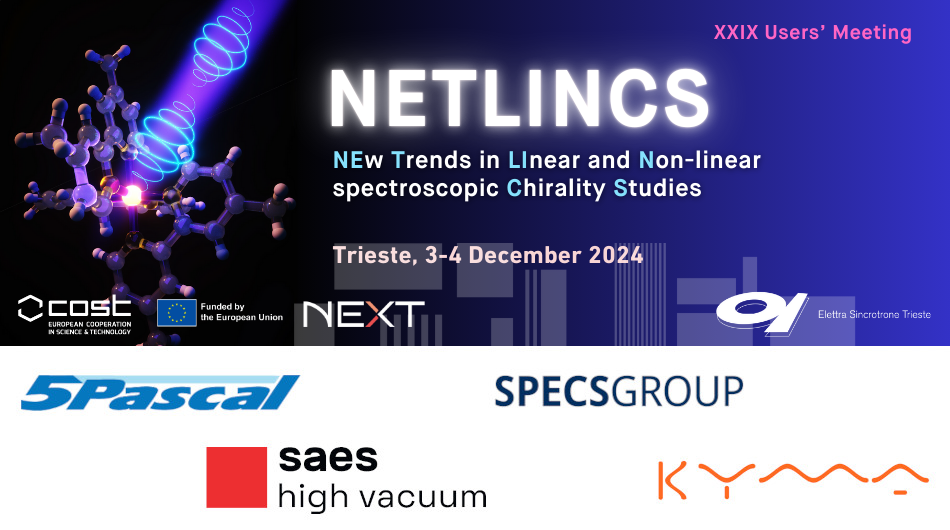Speaker
Description
Chirality-sensitive, large-cross section Photoelectron Circular Dichroism (PECD) — the forward-backward asymmetry in photoemission from chiral molecules photoionized by circularly polarized light — uniquely connects molecular electronic structure to chirality. In addition, core-level PECD is site-specific and sensitive to chemical environment and especially to the conformation of small (bio)molecules.[1] The application of this technique to chiral molecules in an aqueous environment, with hydration and chiral recognition being fundamental biochemical processes, is desirable but remains experimentally challenging. As PECD is a near-threshold effect, one major complication for condensed-phase experiments is the unavoidable convolution of the PECD signal with the secondary electron background within the energy range of interest (<25 eV).[2] Specifically, strong quasi-elastic vibrational scattering of low-energy photoelectrons (<10 eV), for which PECD is anticipated to be most pronounced, by water molecules in the bulk solution currently complicates resolution of the primary photoelectron features. We report on the feasibility of PECD measurements using liquid-jet photoelectron spectroscopy, exemplified for carbon core-level ionization of aqueous-phase alanine. We will present and discuss experimental results, obtained for all three protonation states of alanine in water, survey the instrumental developments that have enabled these measurements,[4] and highlight opportunities and challenges in the evolving field of liquid-phase PECD.
[1] L. Nahon, G.A. Garcia, & I. Powis, J. Electron Spectrosc. Relat. Phenomena 204, 322 (2015).
[2] S. Malerz et al., Phys. Chem. Chem. Phys. 23, 8246 (2021).
[3] M. Pohl et al., Phys. Chem. Chem. Phys. 24, 8081 (2022).
[4] S. Malerz et al., Rev Sci Instrum. 93, 015101 (2022).

